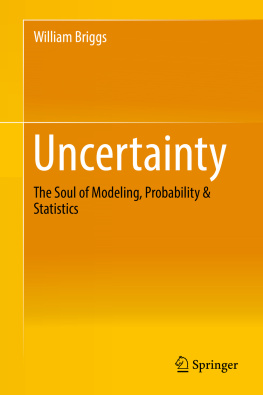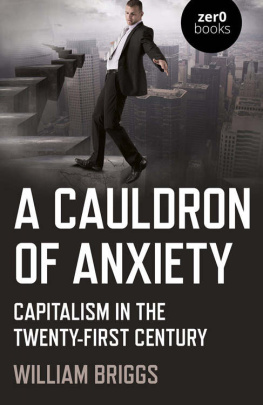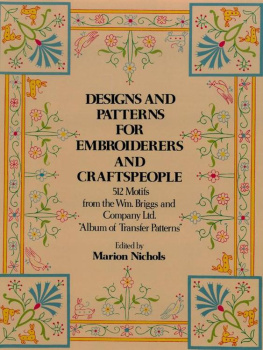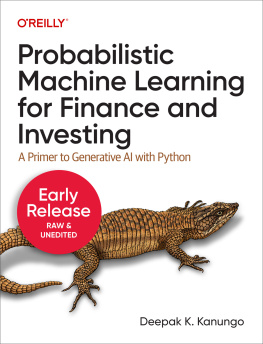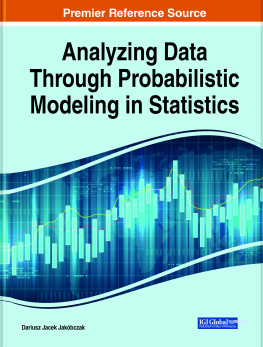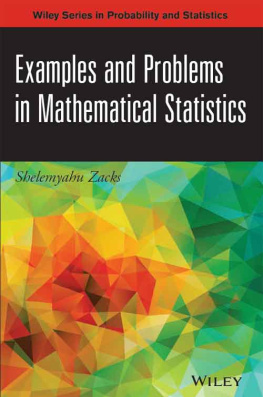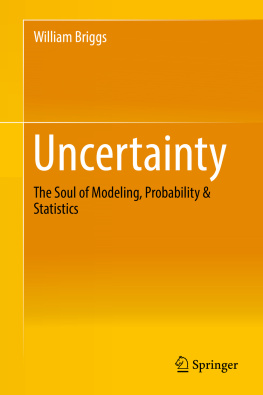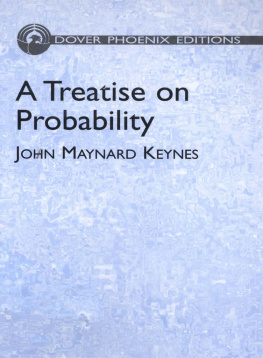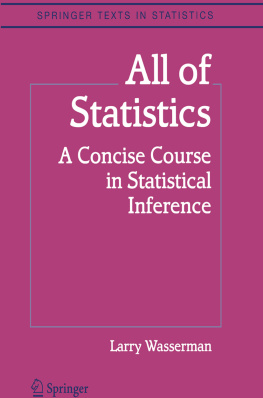1. Truth, Argument, Realism
Quid est veritas?
The answer to the above, perhaps the most infamous of all questions, was so obvious that Pilates interlocutor did not bother to state it. Truth was there, in the flesh, as it were, and utterly undeniable. Everyone knows the sequel. Since that occasion, at which the answer was painfully obvious, the question has been re-asked many times, with answers becoming increasingly skeptical, tortured, and incredulous. The reasons for this are many, not the least of which is that denial of truth leads to interesting, intellectually pleasing, unsolvable but publishable puzzles.
Skepticism about truth is seen as sophistication; works transgressive to truth are rewarded, so much so that finding an audience accepting of truth is increasingly difficult. More than sixty years ago Donald Williams [], exasperated over the pretended academic puzzlement over the certainty of truth, said the academy
in its dread of superstition and dogmatic reaction, has been oriented purposely toward skepticism: that a conclusion is admired in proportion as it is skeptical; that a jejune argument for skepticism will be admitted where a scrupulous defense of knowledge is derided or ignored; that an affirmative theory is a mere annoyance to be stamped down as quickly as possible to a normal level of denial and defeat.
Yet truth is our goal, the only destination worth seeking. So we must understand it. There are two kinds of truth: ontological and epistemological, comprising existence and our understanding of existence. Tremendous disservice has been done by ignoring this distinction. There are two modes of truth: necessary and local or conditional. From this seemingly trivial observation, everything flows.
1.1 Truth
Truth exists, and so does uncertainty. Uncertainty acknowledges the existence of an underlying truth: you cannot be uncertain of nothing: nothing is the complete absence of any thing. You are uncertain of something, and if there is some thing, there must be truth. At the very least, it is that this thing exists. Probability, which is the language of uncertainty, therefore aims at truth. Probability presupposes truth; it is a measure or characterization of truth. Probability is not necessarily the quantification of the uncertainty of truth, because not all uncertainty is quantifiable. Probability explains the limitations of our knowledge of truth, it never denies it. Probability is purely epistemological, a matter solely of individual understanding. Probability does not exist in things; it is not a substance. Without truth, there could be no probability.
Why a discussion of truth in a book devoted to probability? Since probability is the language of uncertainty, before we can learn what it means we need to understand what it is that probability aims at. Hempel understood this, but couldnt help himself from writing the word without scare quotes, as if truth might not exist, []. What is the nature of probabilitys target? What does it mean to be uncertain? How do we move from uncertainty to certainty? How certain is certain? It will turn out that statements of probability (assuming they are made without error, an assumption we make of all arguments unless otherwise specified) are true. When we say things like Given such-and-such evidence, the probability of X is p , we mean to say either that (the proposition) X is true, or that not-X is. So truth must be our foundation. What follows is not a disquisition on the subject of truth, merely an introduction sufficient to launch us into probability. This chapter is also a necessity because the majority of Western readers have grown up in a culture saturated in relativism. There is ample reason Pilates question is so well remembered.
Our eventual goal is to grasp models, and models of all kinds, probabilistic or otherwise, are ways of arguing, of getting at the truth. All arguments, probabilistic or not, have the same form: a list of premises, supposeds, accepteds, evidence, observations, data, facts, presumptions, and the like, and some conclusion or proposition which is thought related to the list. Related how and in what way is a discussion that comes later, but for now it loosely is associated with what causes the proposition to be true. Arguments can be well or badly structured, formally valid or invalid, and sound or unsound. Unlike most logical, mathematical, and moral arguments, which often end in truth, probabilistic arguments do not lead to certainty. Whenever a probabilistic argument is used, it is an attempt to convince someone how certain a proposition is in relation to a given body of evidence, and only that body of evidence.
Anybody who engages in any argument thus accepts that certainty and truth exist. We should have no patience for philosophical skepticism, which is always self-defeating. If you are certain there is no certainty, you are certain. If it is true that there is no truth, it is false there is no truth. If you are certain that Every proposition is subject to uncertainty then you speak with forked tongue. Certainty and truth therefore exist. But we must understand that truth resides in our intellects and not in objects themselves, except in the sense of existence. That being so, probability also does not exist physically; it also resides in our intellects and not in things themselves.
All arguments have stated and tacit premises, with those tacit usually about the meaning of the words and grammar used to state the argument, but also about how arguments themselves are to be interpreted, about how we move from premise to conclusion. Confusion usually enters when there are misunderstandings or disagreements formed about the tacit premises. Badly structured arguments are incautious in their use of tacit premises, containing too many or those which are prone to dispute. Ajdukiewicz confirms this in his lost classic Pragmatic Logic , an excellent book for students to understand the nature of arguments, []. There is also a burgeoning field called argumentation theory which can be looked up.
1.2 Realism
No definition of truth is better or more succinct than Aristotles: To say of what is that it is not, or of what is not that it is, is false, while to say of what is that it is, and of what is not that it is not, is true. St Thomas Aquinas, following Aristotles Metaphysics , in his Summa Theologica (First Part, Q. 16, articles 1 and 8) said the true denotes that towards which the intellect tends. Truth, properly speaking, resides only in the intellect, as said before (1); but things are called true in virtue of the truth residing in an intellect.
This view encapsulate what is called correspondence and reflect the metaphysics of (moderate) realism ; see [] and below in the chapter on Causality. When we later say of a proposition It is necessarily true, this is never meant to imply that the proposition is true in or because of some theory. The proposition is necessarily true for reasons in the proposition itself and the evidence which supports it; the proposition is not true in or because of a theory. It is true because it is true.
Moderate realism is the common-sense position that there exist real things, that there is an existence independent of our minds, that an external world is out there and that we can know it, that we can know things as they are in themselves, to coin a phrase. Moderate realism holds that greenness exists apart from or in addition to individual green things; exists as an intellectual idea, that is. Realism says the idea of color exists independent of individual colored things. Mathematicians are realists when they insist all triangles have three straight sides and an interior sum of angles of 180. Individual approximations to or implementations of triangles also exist, but given the way the world is, all are imperfect representations of the universal ideal. Try drawing one. Catness exists and so do individual cats. We can tell cats from dogs because we know the nature or essence of both. Knifeness exists as do individual knives, even though its not always clear if a given object is a knife or only acts like one.

